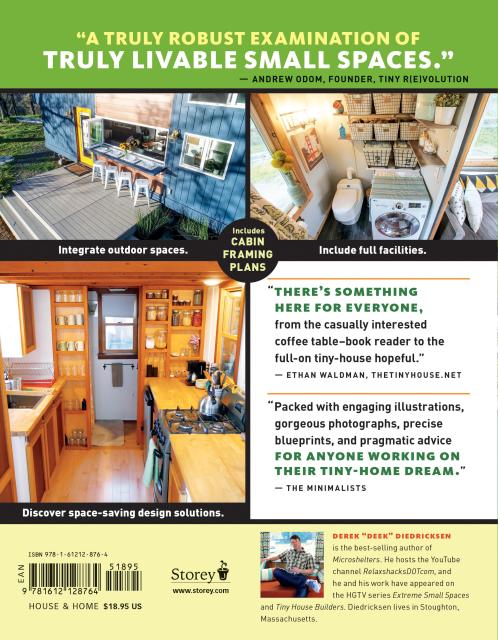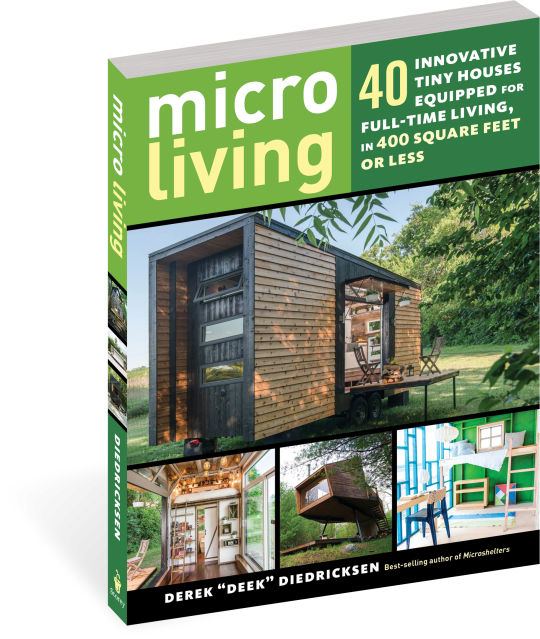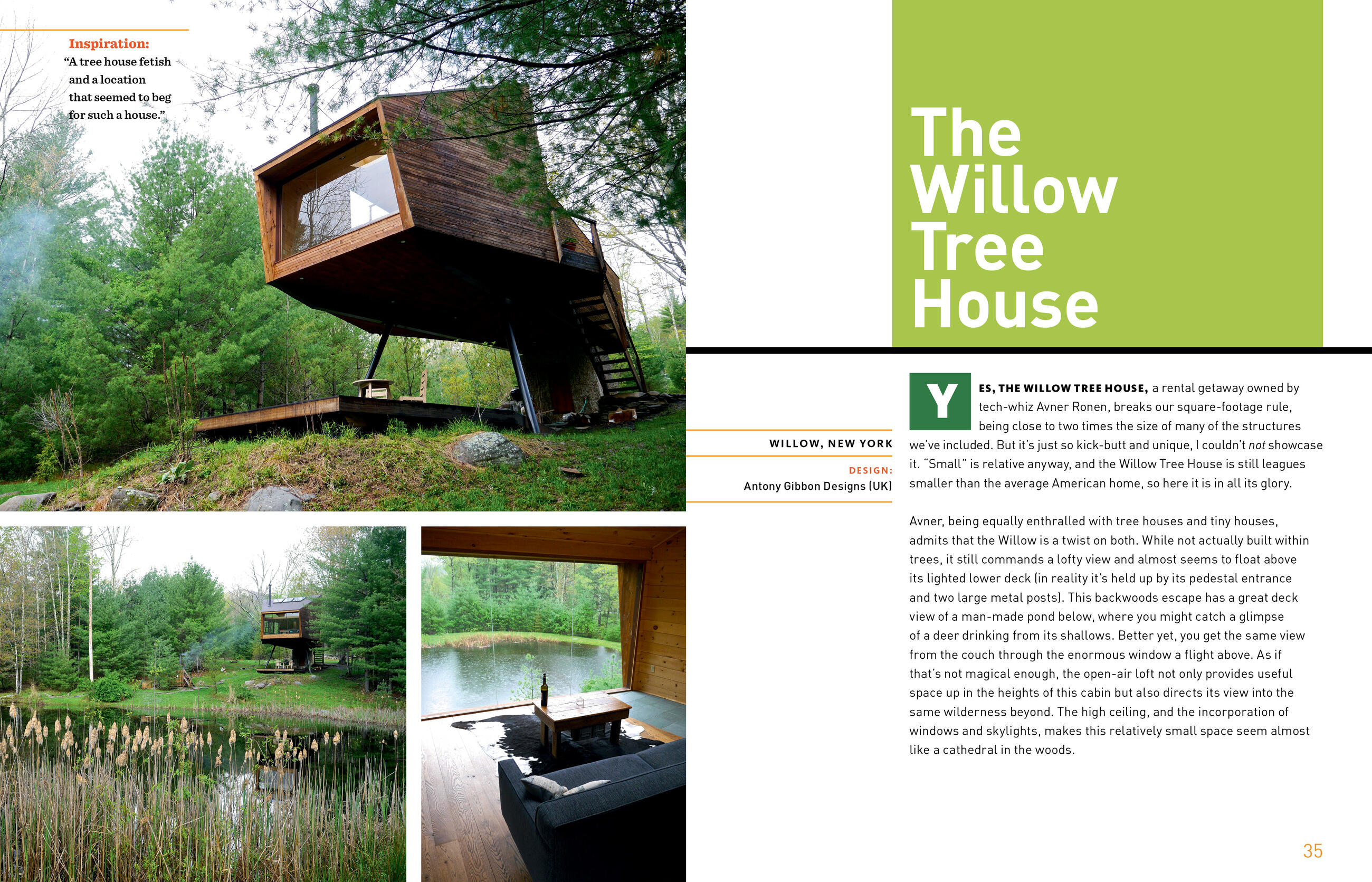Promotion
Use code BEST25 for 25% off storewide. Make sure to order by 11:59am, 12/12 for holiday delivery!
By clicking “Accept,” you agree to the use of cookies and similar technologies on your device as set forth in our Cookie Policy and our Privacy Policy. Please note that certain cookies are essential for this website to function properly and do not require user consent to be deployed.
Micro Living
40 Innovative Tiny Houses Equipped for Full-Time Living, in 400 Square Feet or Less
Contributors
Formats and Prices
- On Sale
- Oct 30, 2018
- Page Count
- 256 pages
- Publisher
- Storey
- ISBN-13
- 9781612128764
Price
$18.95Price
$23.95 CADFormat
Format:
- Trade Paperback $18.95 $23.95 CAD
- ebook $11.99 $15.99 CAD
This item is a preorder. Your payment method will be charged immediately, and the product is expected to ship on or around October 30, 2018. This date is subject to change due to shipping delays beyond our control.
Buy from Other Retailers:
For everyone who’s ever dreamed of simplifying their life and downsizing their home, Micro Living offers an insider’s look at what tiny house living is really like.
Best-selling author and tiny house enthusiast Derek “Deek” Diedricksen profiles 40 tiny — but practical — houses that are equipped for full-time living, all in 400 square feet or less. Detailed photography and a floor plan for each structure highlight inventive space-saving design features along with the nuts-and-bolts details of other essential systems. The real-life stories of residents impart the pleasures, as well as the challenges, of day-to-day living.
Organized by size, each of the 40 tiny houses are accompanied by statistics that consider:
- Dimensions
- Square footage
- Budget
- Heating
- Cooling
- Bathroom
- Power
- Hot water
With these tips plus framing plans for a prototype small cabin, Micro Living is the perfect starter handbook for both dreamers and doers.
Genre:
-
“The question of how creativity thrives when it’s bound by space morphs into a fascinating tour of varied personalities. … A crisply organized portfolio of floor plans, tips, and color photos offer[s] a practical overview. … Intentionality resounds, as does a sense of fun … Micro Living perplexes and charms, revealing a lifestyle that challenges the mainstream.” — Foreword Reviews
“We’re used to one-dimensional glimpses of small spaces; the look, the design, or the dynamic people inside. This book brings those all together with a truly robust examination of truly livable small spaces.” — Andrew Odom, Founder, Tiny r(E)volution
“There’s something here for everyone, from the casually interested coffee table reader to the full-on tiny house hopeful.” — Ethan Waldman, TheTinyHouse.net
“Packed with engaging illustrations, gorgeous photographs, precise blueprints, and pragmatic advice for anyone working on their tiny-home dream.” — The Minimalists
“Deek has an incredible talent for finding the most innovative micro living spaces in the world. His big personality illuminates these tiny dwellings and will inspire you to downsize.” — Jenna Spesard, TinyHouseGiantJourney.com
Newsletter Signup
By clicking ‘Sign Up,’ I acknowledge that I have read and agree to Hachette Book Group’s Privacy Policy and Terms of Use

























